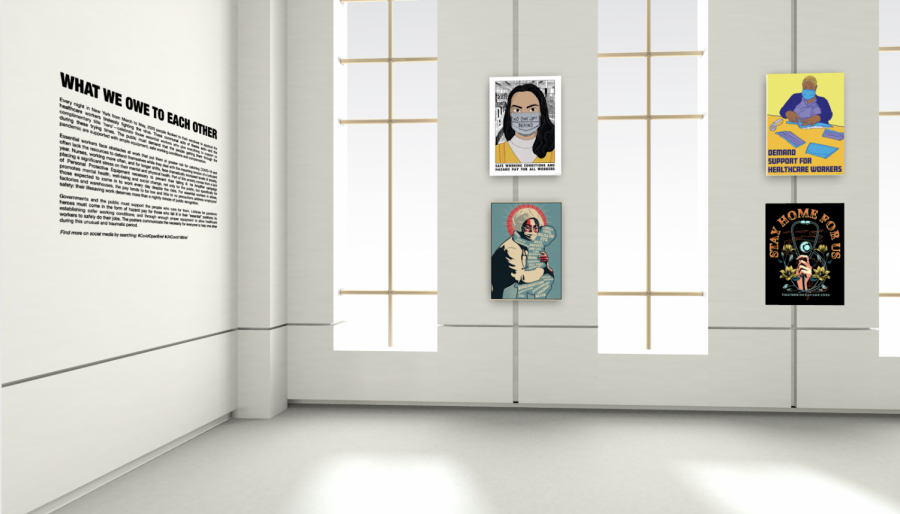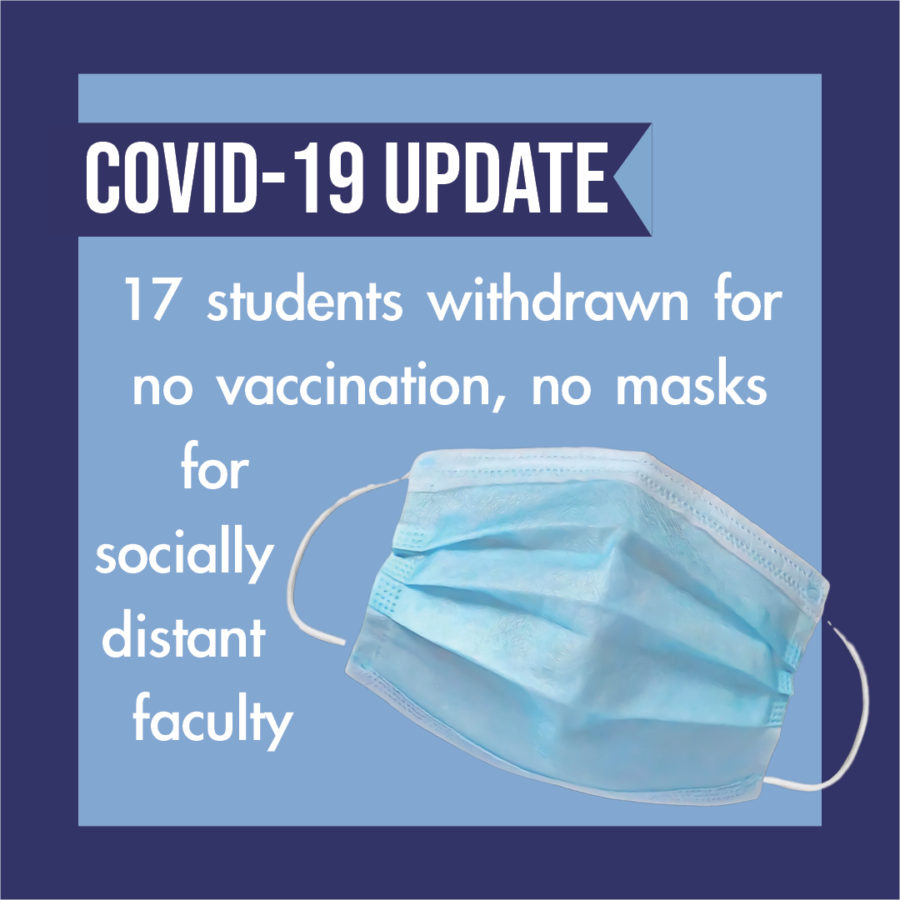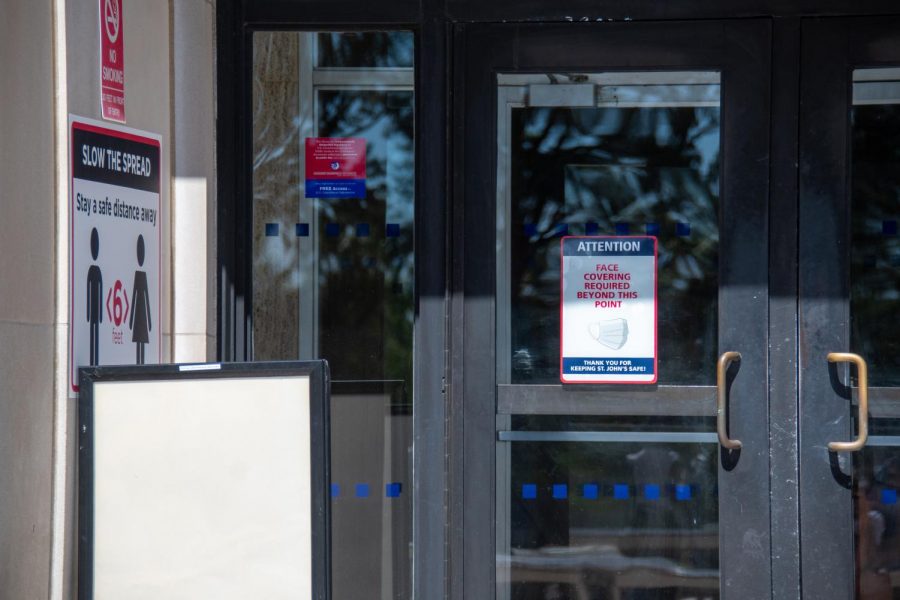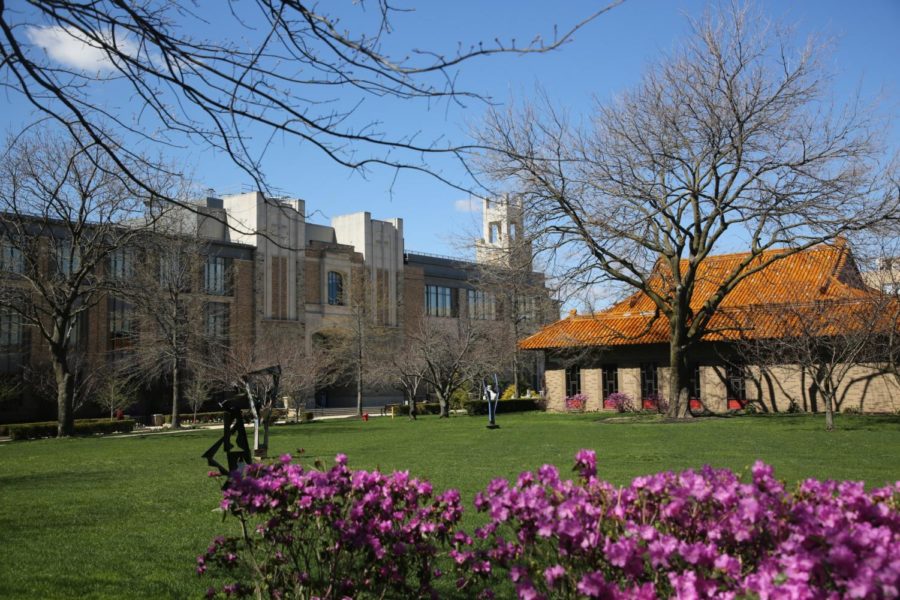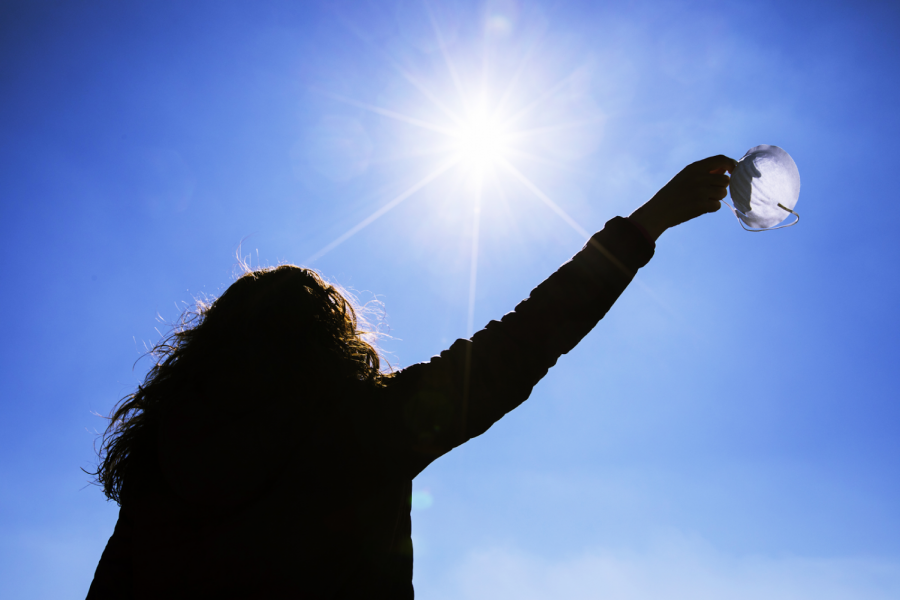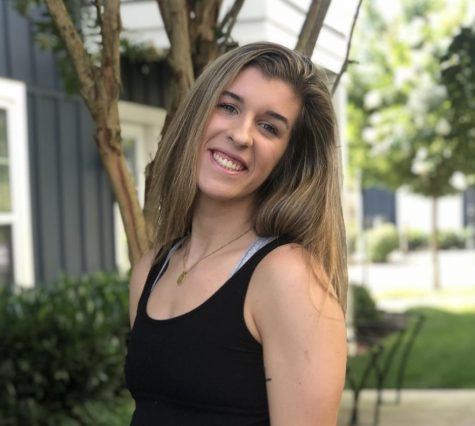Do you ever wonder who decides what exactly gets to be showcased in a museum? From picking the artists to the placement of their pieces, curators work behind the scenes to make exhibitions come to life. At St. John’s, students receive first-hand experience doing just that in the University’s Introduction to Curatorial Studies class, which is taught by Susan Rosenberg, Ph.D. The four student curators in the course presented their latest exhibition live via Webex on Feb. 4.
The topics for the chosen posters and gifs within the exhibit were focused around current news events to create the exhibition themes of: “Borderless Hygiene,” “Social Justice Amidst a Pandemic,” “What We Owe Each Other” and “Pandemic Heroes.”
The students of the M.A. Museum Administration program, Taylor Lyons ’21, Madeleine Schulz ‘21, Stephanie Zambrana ‘21 and Mengke Zhang ’22, each went through their section of the exhibition, describing why they chose their themes and pieces.
After viewing the exhibition, the Torch talked to Rosenberg — who is also the director of the program — and her students to discuss the process, creation and outcomes of the project.
The students went through every step of the curation process under the advisement of Rosenberg. She explained how students picked the virtual space, made a press release, selected all the works within the gallery, labeled them and gave explanations behind each choice they made along the way.
“Design[ing] the gallery space together… work[ing] on installing the poster in a virtual space, working with a model, which curators do… it is exactly like curating professionally,” Rosenberg said.
Schulz, whose theme was “Pandemic Heroes,” was inspired by not only essential workers but also by her own personal experience.
“Outside of school, I work in Human Resources for a healthcare system and got to experience the chaos when the pandemic first hit,” Schulz told the Torch in an email interview. “I wanted to talk about the people on the front lines and how much everything they do means to those of us sheltering at home and take a moment to highlight their own needs,” she continued.
Schulz was proud of the exhibition and her dedication to essential workers.
“Personally, I wanted to stress the importance of the essential workers in my one section ’Pandemic Heroes’ since I got to see first-hand everything they went through on a daily basis,” Schulz said. “It was a proud moment when some of the healthcare workers I know told me that they loved my selection.”
This class is primarily taught in the fall, with the exhibition in the spring. Before the pandemic, the exhibition would typically be on display at the Yeh Art Gallery on the Queens campus, with shows such as a showcase of Peruvian culture, World War II posters and Andy Warhol polaroids.
Not only is “UNPRECEDENTED” the first virtual student exhibition, but it is the first show with virtual artifacts. Initially described as a “COVID emergency,” holding the exhibition virtually seemed like a setback, but Rosenberg and her students were pleasantly surprised.
“This was much more like being a curator for real. And the students learn much more about how important it is to think about the role of space, and narrative and also the way things look on a wall in relationship to one another very early in the game,” Rosenberg said.
“So that informs their decision making. And then they also learn about how to pace the show with information. So how much information and where should it go on the wall. So in fact, they were able to show a larger show,” she continued.
Schulz also found that the virtual exhibition was surprisingly realistic.
“I expected the project to be on a site that looked more like a blog,” she said. “I was definitely happy that we managed to find a site that could host a virtual gallery we were able to walk around … I think that the virtual space turned out beautifully. The room looks just like a gallery.”
As for student collaboration, all four students worked together virtually throughout the duration of the project. This meant balancing time zones, ideas and making sure all four themes and art pieces made sense in one gallery. Schulz said the most rewarding part was “seeing everyone’s topic flow from one to another and to see the amazing artworks chosen.”
Rosenberg explained how the collaboration, and overall course, were taken to new heights through the virtual experience.
“It did not at all compromise my learning goals for the students,” she said. “I think it enhanced their experience and the pleasure at their collaboration with one another because they all had this one place where they could see each other’s work, not just talk about it, or show it in a PowerPoint. So it was like they were building the exhibition together.”
Working remotely gave students the proper experience for working in this field. The museum world is changing and adapting, just as students are to increasingly remote workplaces. Schulz said this experience of curating in a virtual space “will be needed as museums work to bolster their online programs.” Rosenberg said the virtual curation process “raised it to a new level,” preparing her students better than ever before.
“Giving [them] the professional experience of curating in a course, was significantly enhanced, because we’ve created a virtual three dimensional virtual exhibition,” Rosenberg told the Torch.
Schulz expressed how communication must be at the forefront of a virtual exhibition like this one.
“Communication is key when you’re working virtually and with other curators,” she said. “Everyone’s narrative needs to come together in the end. It’s not four separate projects; it’s one exhibition with sections that need to come together [in]to a cohesive show.”
Rosenberg is excited for the future of the program and the new possibilities offered by virtual curation. She believes that the St. John’s master’s program in museum administration is unique for the New York area being “that [it is] not a curatorial training program to some programs just to train people to be curators,” she said. “Nor [is it] an arts administration program. So in other words, students have the opportunity to curate, it’s a lengthy and in depth and really intense process. But that’s just one thing.”
From the (almost) graduate perspective, Schulz praises both the course and program and says that “anyone considering taking the program and course should do it.”
Exhibitions like, “UNPRECEDENTED: Posters from a World on Pause,” display the creative work actively being done by students on or off campus. With the liveliness of campus on pause, virtual events proceed to honor their hard work. The virtual exhibition is set to run from Feb. 1 to Mar. 31. To visit the exhibition, visit the St. John’s University’s Yeh Art Gallery website here.



